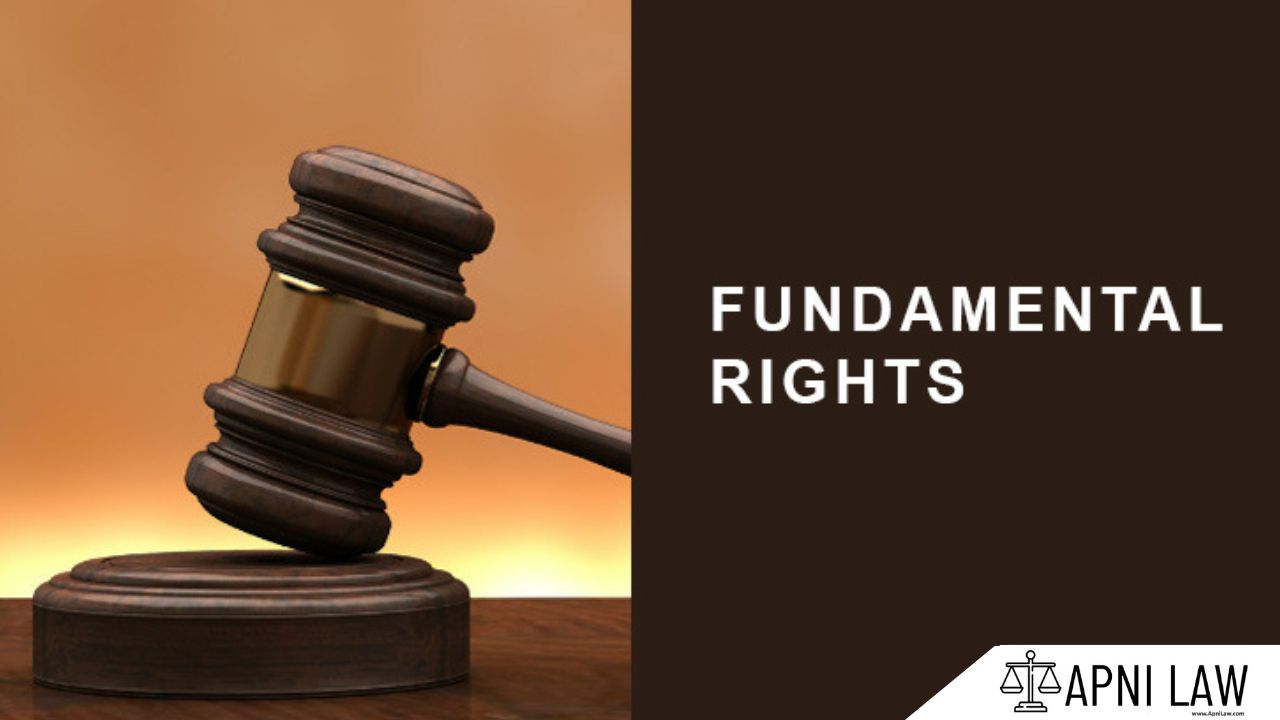Introduction
The Transgender Persons (Protection of Rights) Act, 2019 ensures that transgender individuals receive equal rights and support from the government. It places a clear duty on authorities to protect, uplift, and include transgender persons in all areas of life. The law also mandates fair treatment in employment without any discrimination.
What Is The Government’s Role in Protecting Transgender Rights?
The law mandates the government to ensure full inclusion of transgender persons in society. Authorities must actively promote their social participation and protect their rights. Each government must design specific welfare measures to support the needs of transgender individuals.
Governments must create and implement schemes that are transgender-sensitive. These programs must avoid discrimination and stigma. The aim is to guarantee equal access to welfare benefits and social protection.
Authorities must also take steps to rescue, protect, and rehabilitate transgender persons in need. They should address challenges such as homelessness, violence, and social exclusion. In addition, the government must promote the participation of transgender persons in cultural, recreational, and public events.
How Does Section 9 Of Transgender Persons Act Prohibit Workplace Discrimination?
The law clearly prohibits any workplace discrimination. No company or employer can deny a transgender person opportunities in recruitment, promotion, or employment-related matters. Equal rights in the workplace are essential for ensuring dignity and financial independence for the transgender community.
Case Law: Protection from Discrimination and Equal Rights for Transgender Persons
The Delhi High Court reinforced the importance of Sections 8 and 9 of the Transgender Persons (Protection of Rights) Act, 2019, in the landmark case of Grace Banu v. Union of India (2023). The court emphasized that transgender persons must be provided non-discriminatory access to employment and essential services, including health and education
Case Background
Grace Banu, a well-known transgender rights activist, filed a petition highlighting the systemic discrimination faced by transgender persons in employment and access to welfare schemes. She alleged that despite the legal framework under the 2019 Act, transgender persons continued to face barriers in recruitment, healthcare, and education.
Petitioner’s Stance
Sections 8 and 9 of the Act place a positive obligation on the government to promote the inclusion of transgender persons. Denial of job opportunities and social welfare benefits violated their fundamental rights under Article 14 (Right to Equality) and Article 21 (Right to Life and Dignity). Existing welfare schemes either excluded transgender individuals or had procedural hurdles like Aadhaar mismatches that denied access.
Court’s Ruling
The Delhi High Court agreed with the petitioner and held that:
The right to non-discrimination is not merely symbolic but enforceable through policy action. Section 8(1) of the Act mandates the government to take active steps for full and effective participation of transgender persons in society. Section 9 imposes a duty on all establishments, including private entities, to treat transgender individuals equally and not deny access to services such as hospitals, education institutions, or employment. The court also directed the Union and State Governments to implement inclusive policies, improve awareness, and ensure that transgender persons are not excluded from welfare schemes due to documentation issues.
This case set a crucial precedent in Indian jurisprudence, confirming that the protections under Sections 8 and 9 are legally binding, not merely aspirational. The court’s ruling reinforced that equality for transgender persons must be implemented in practice, with both government and private bodies being held accountable.
Conclusion
This section of the Act strengthens social justice for the transgender community. It makes inclusion, welfare, and equal job opportunities a legal responsibility. By enforcing these provisions, the government builds a more inclusive and equal society for all genders.








